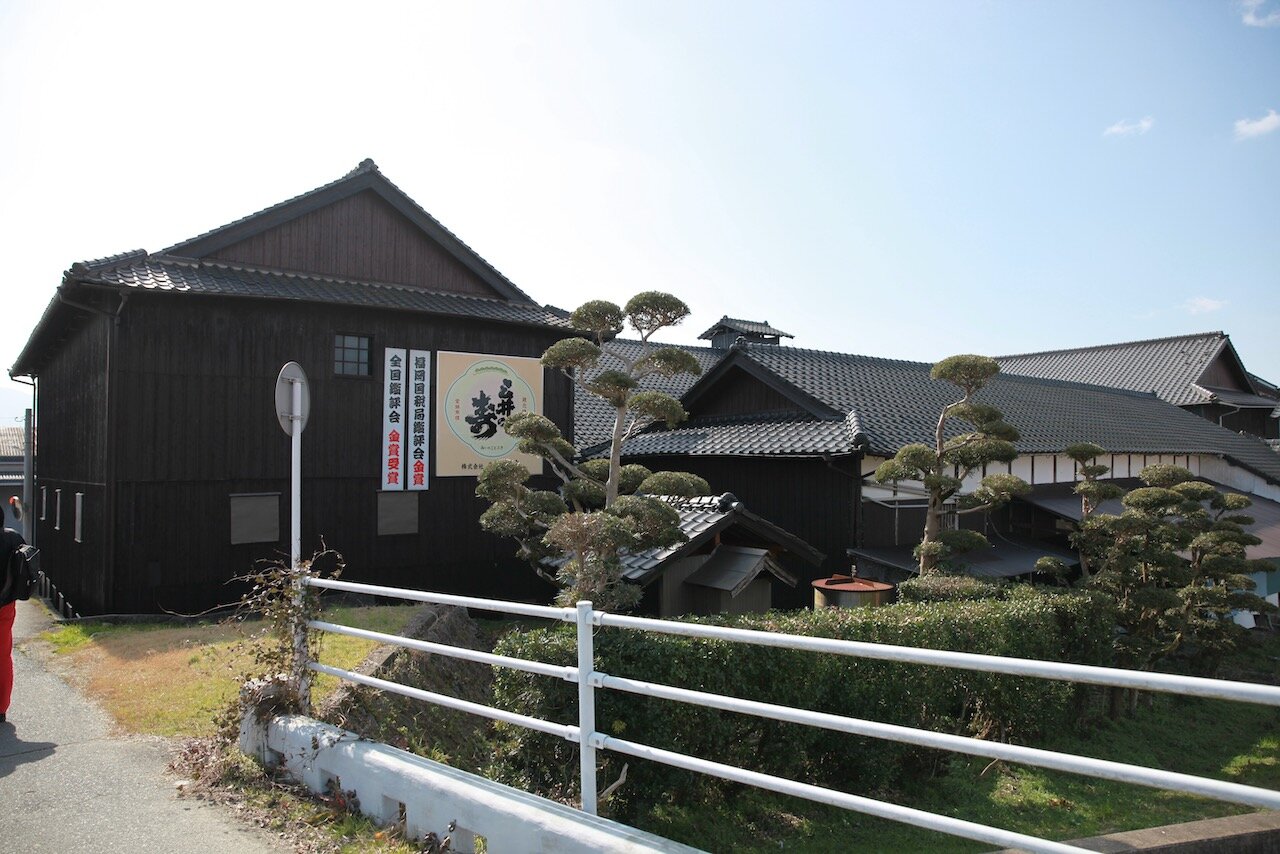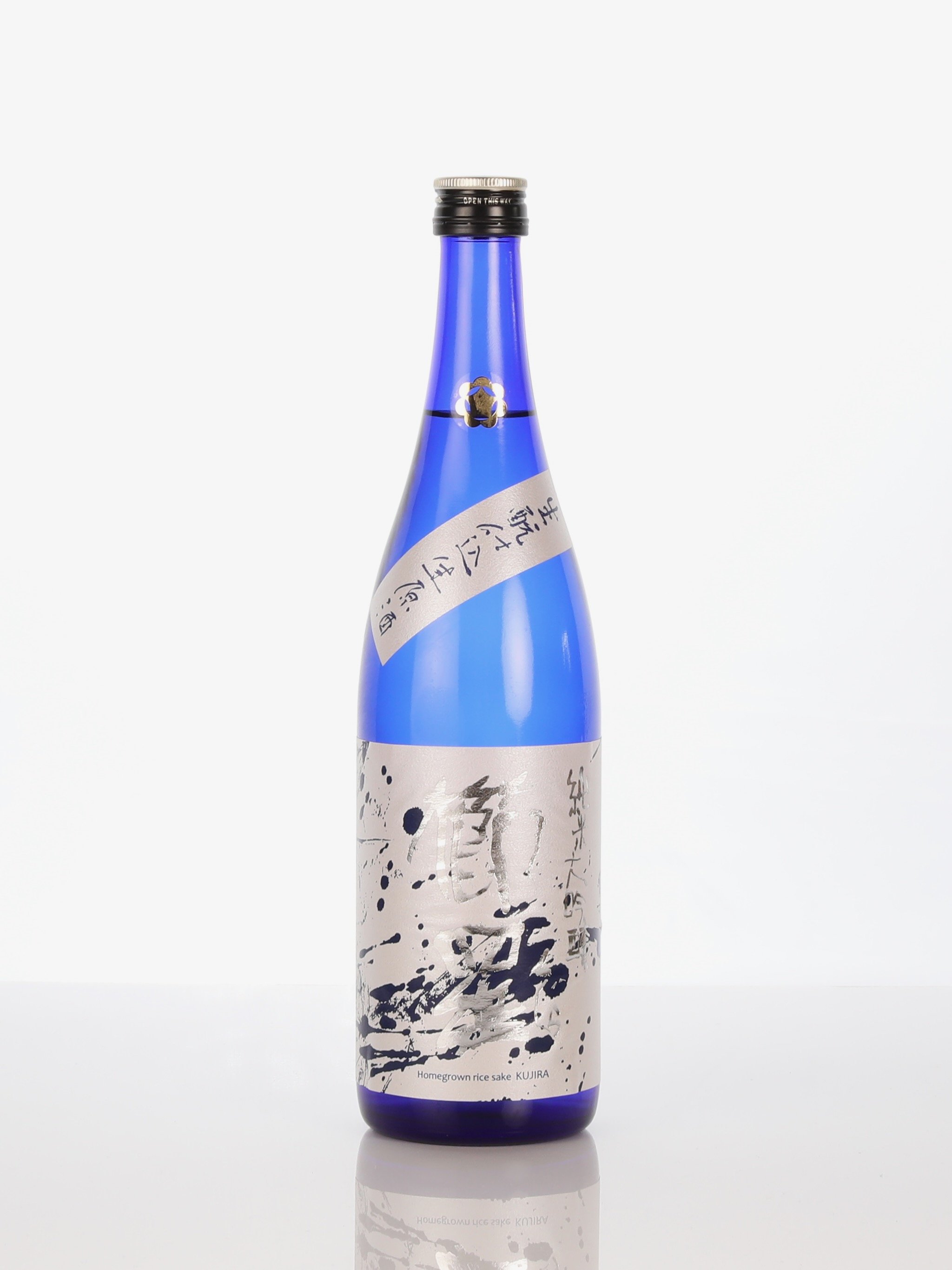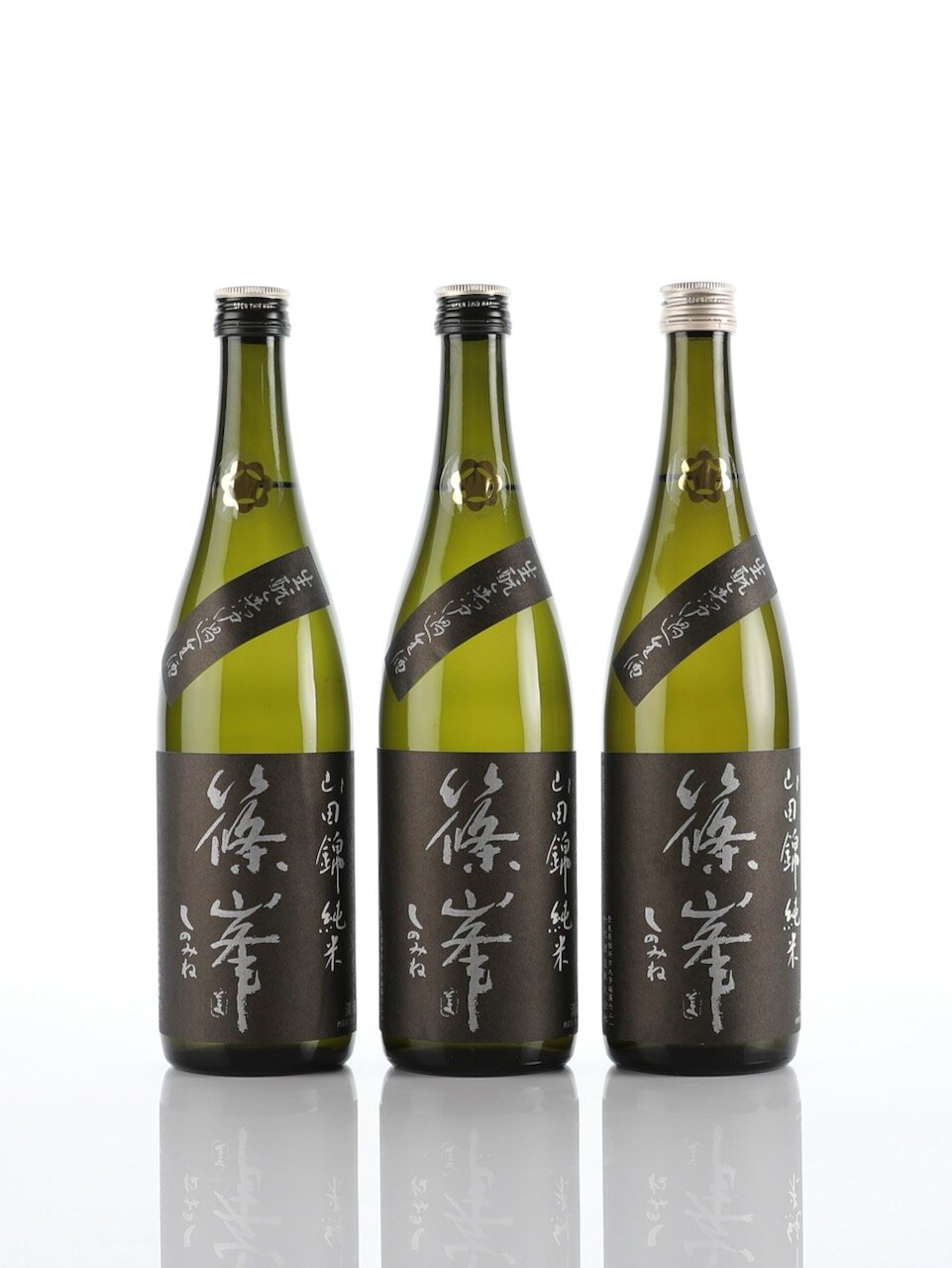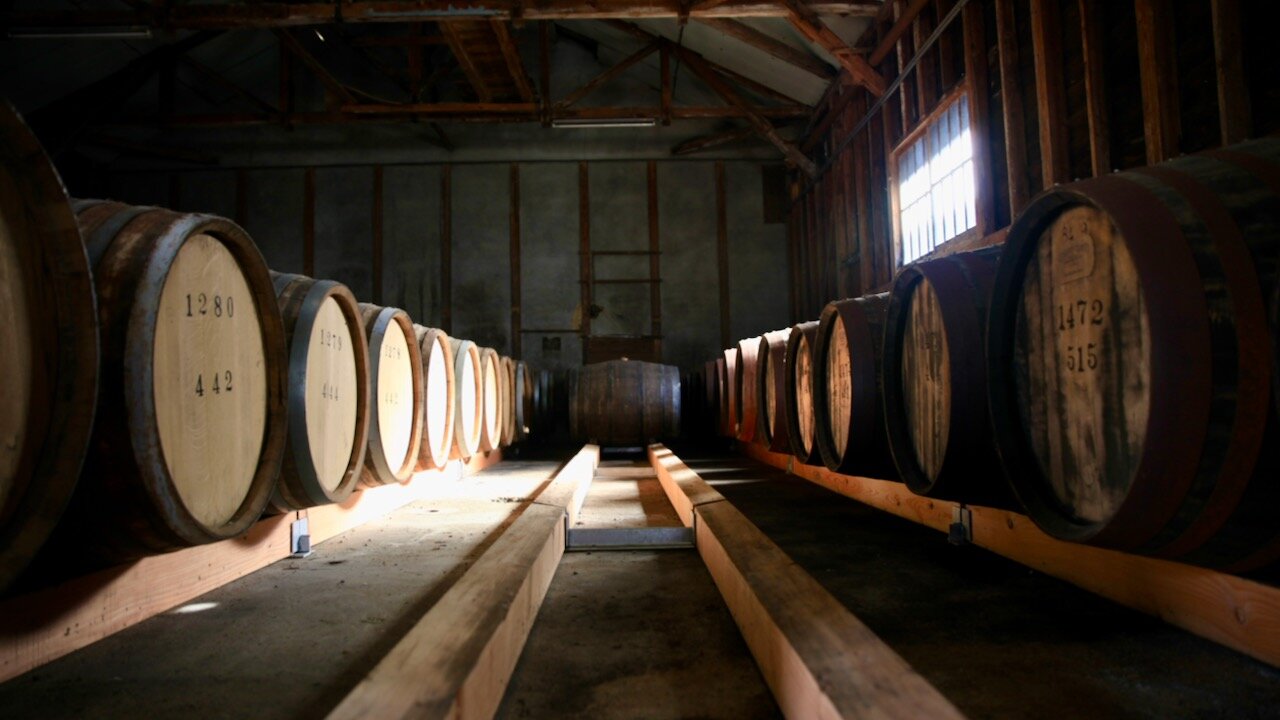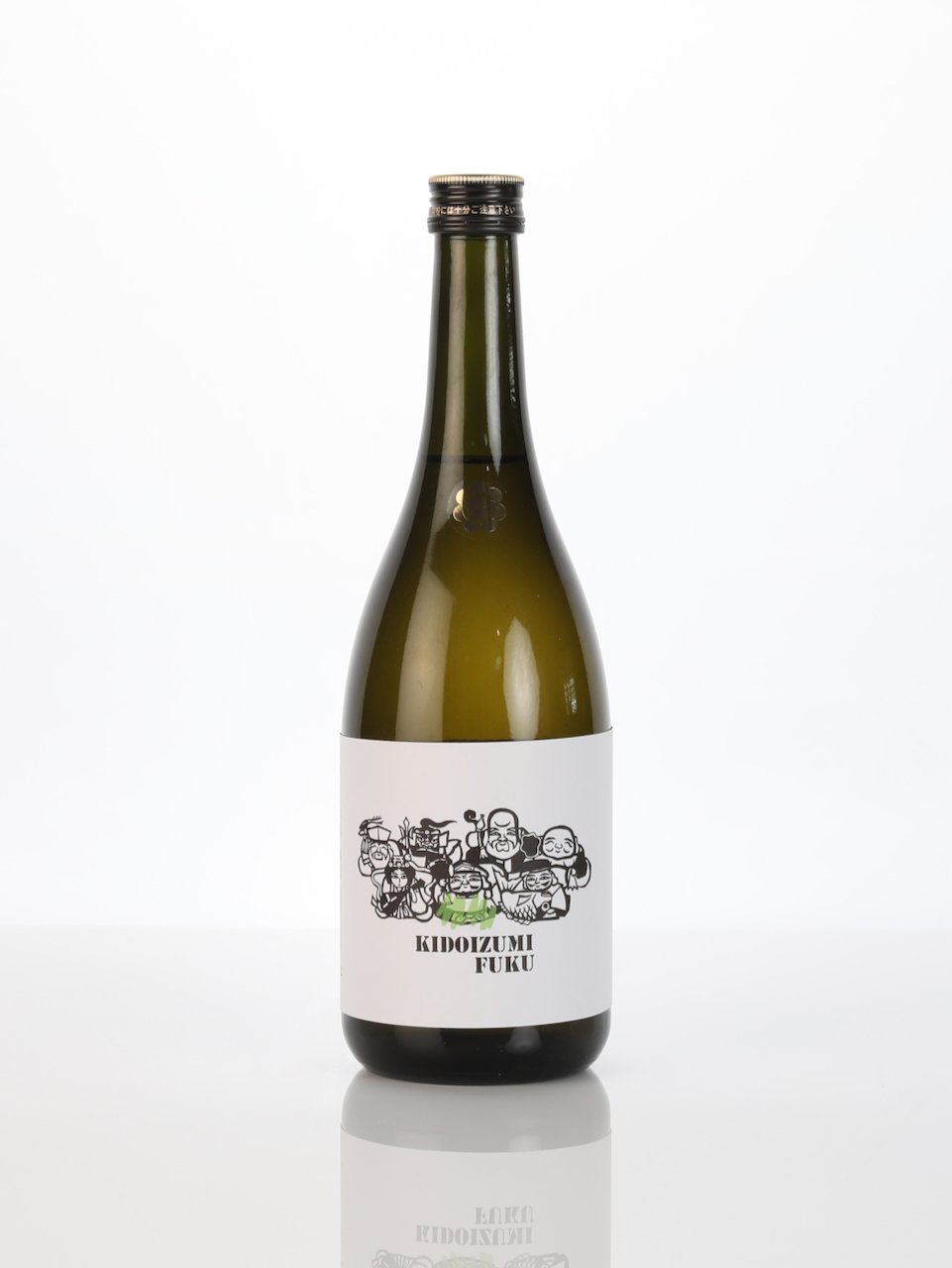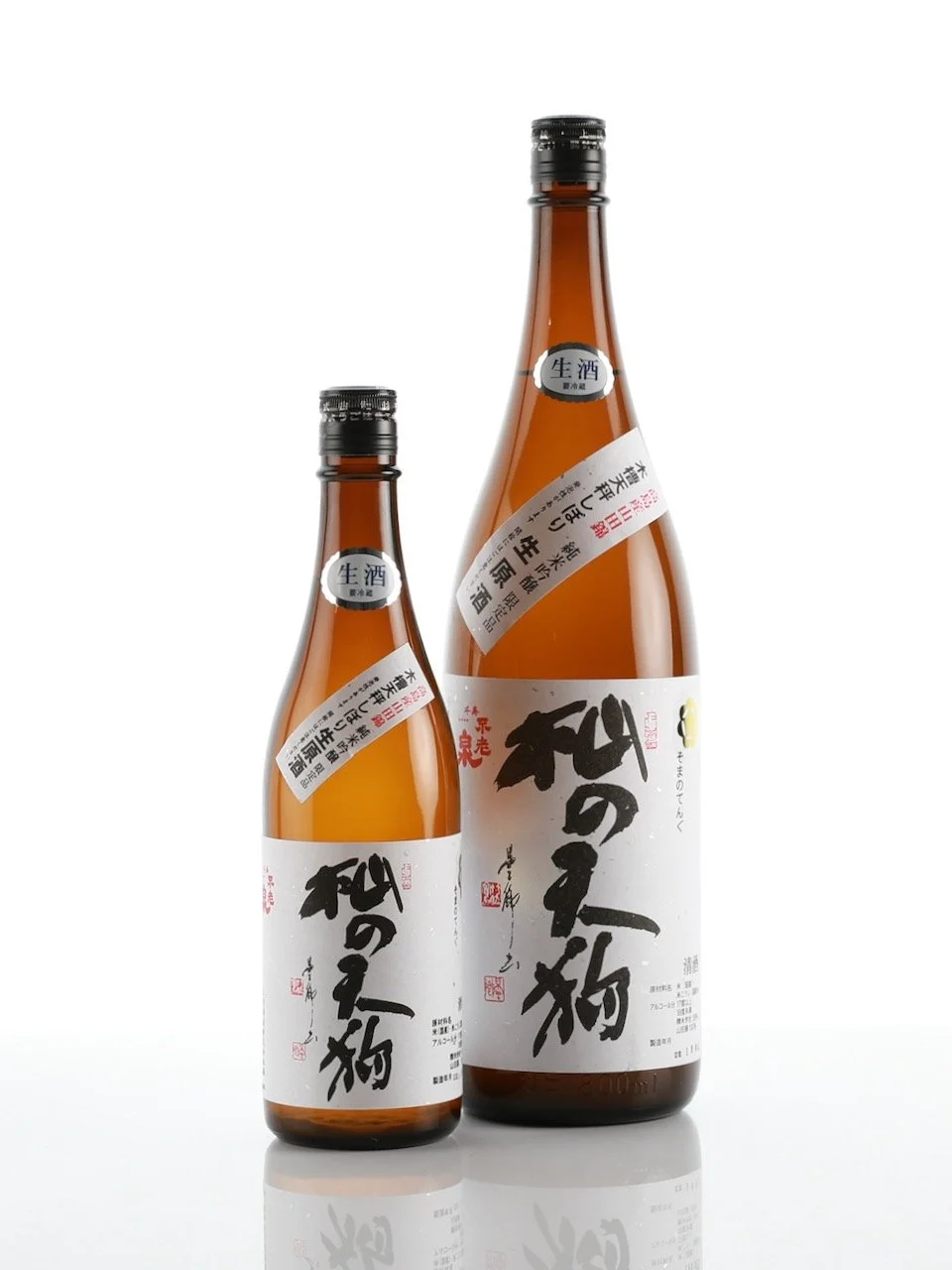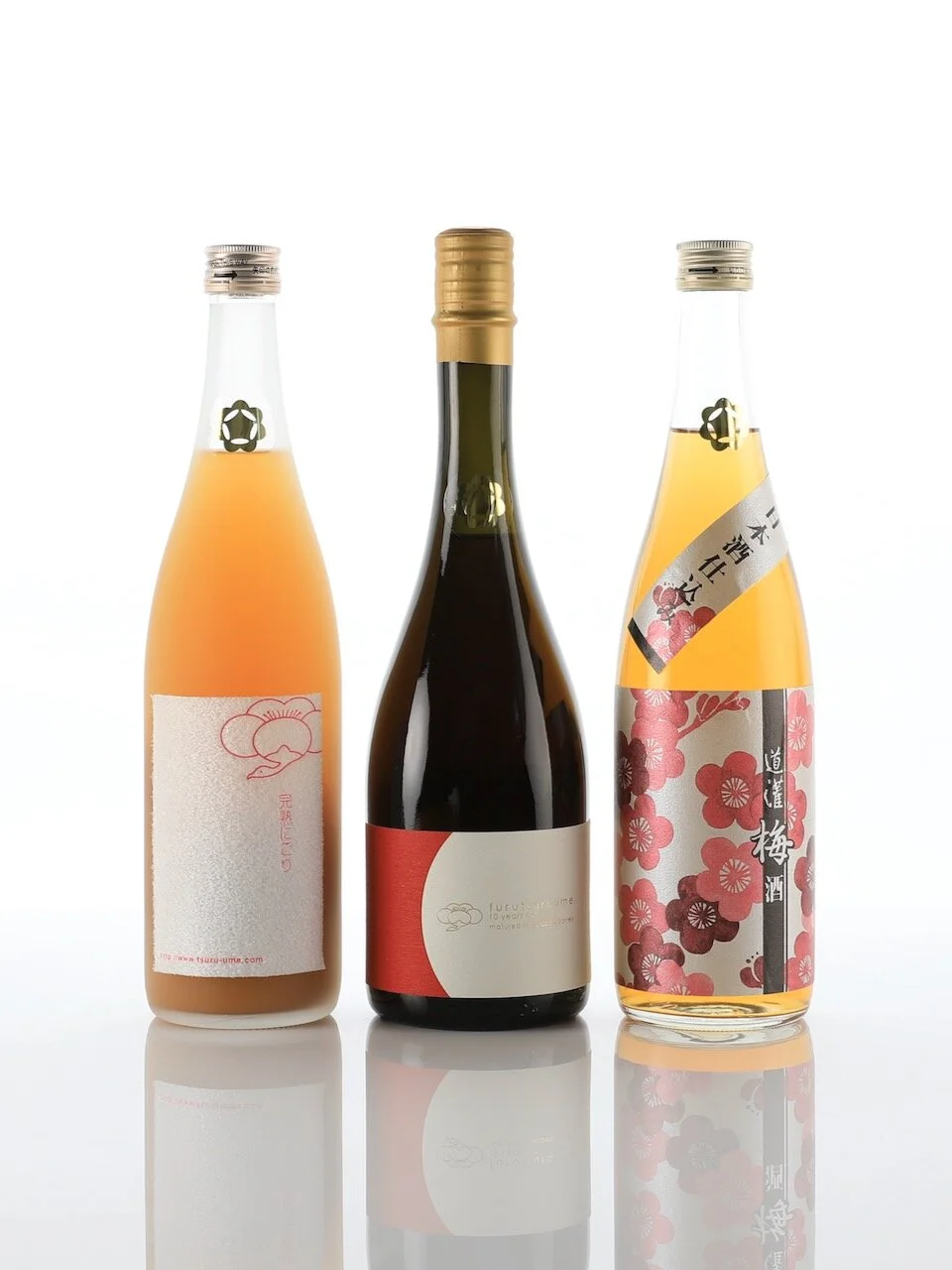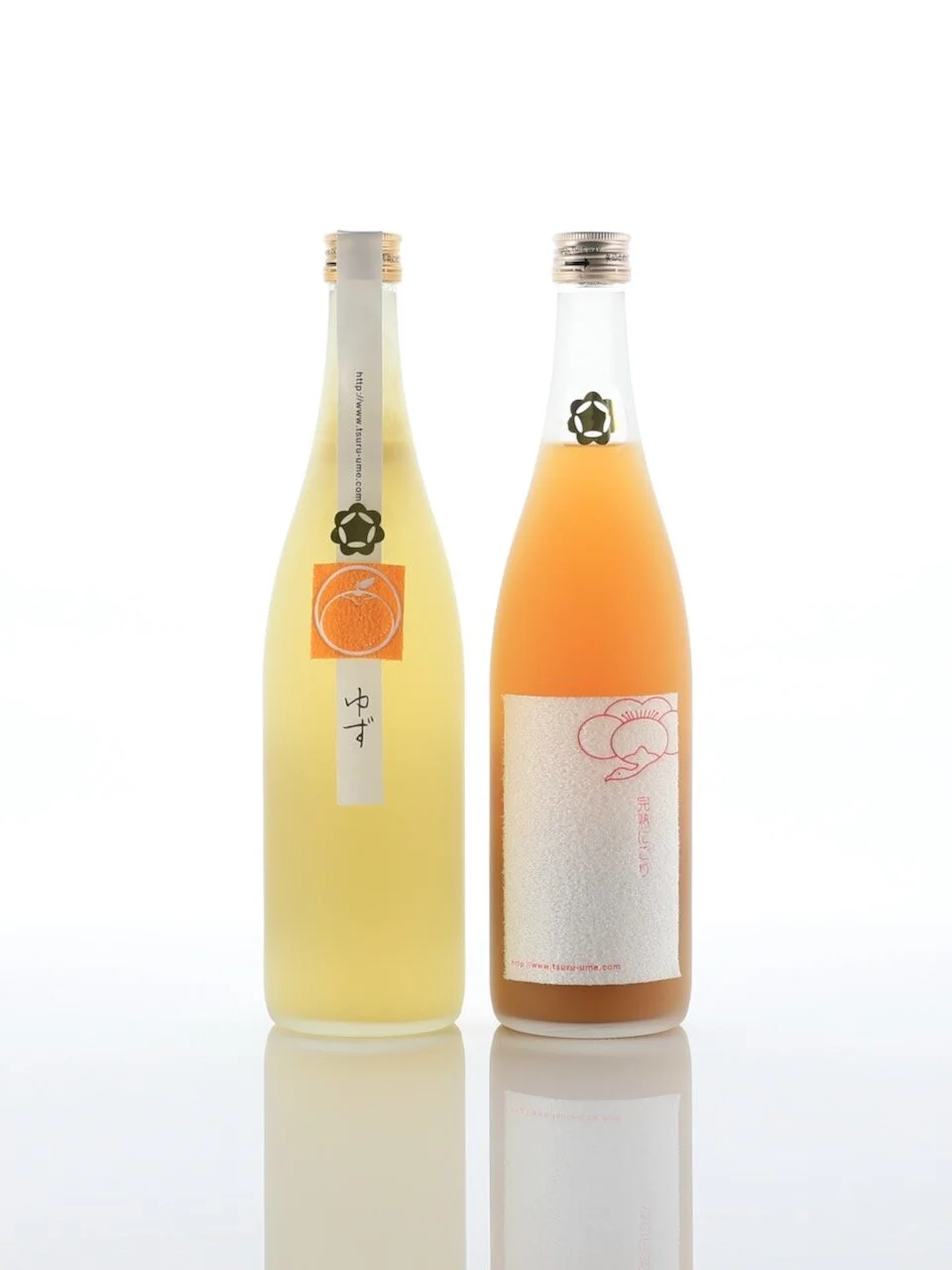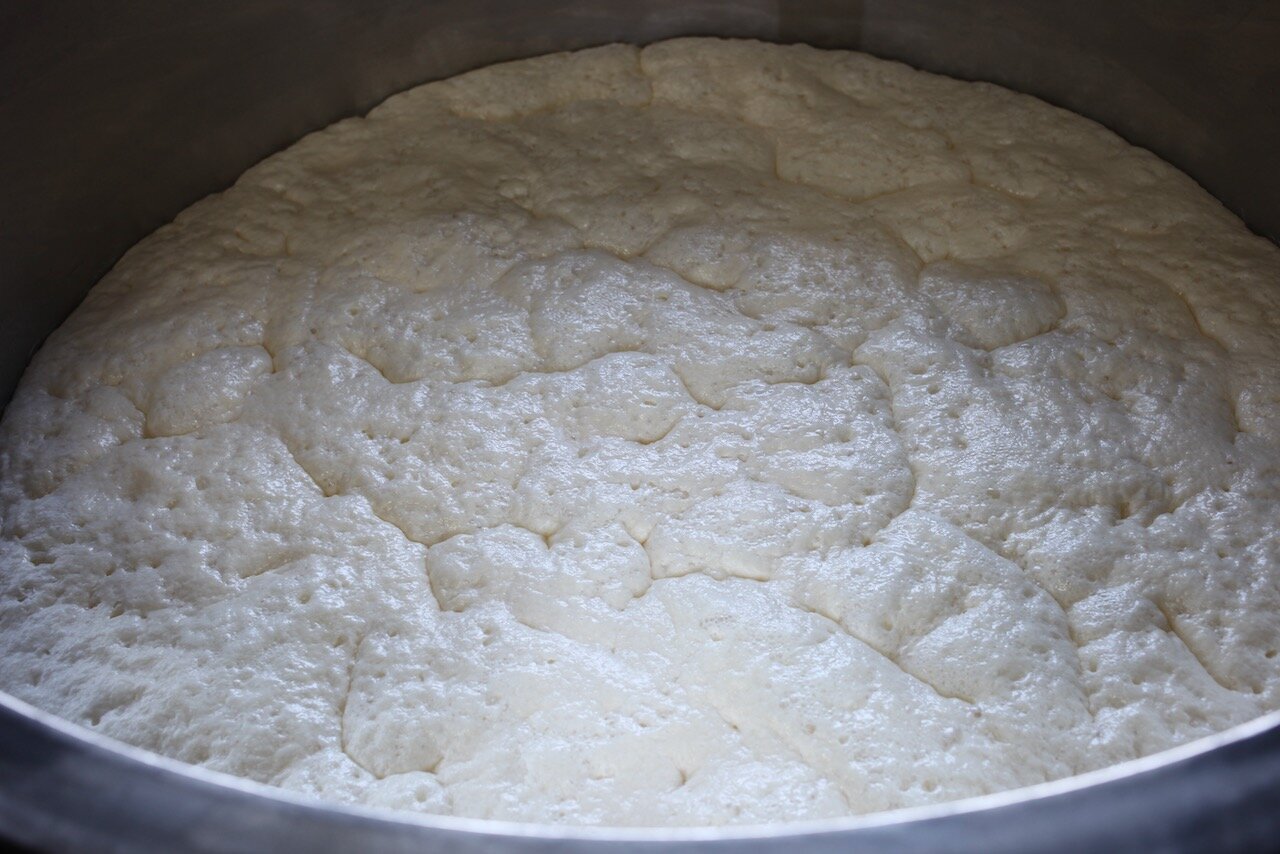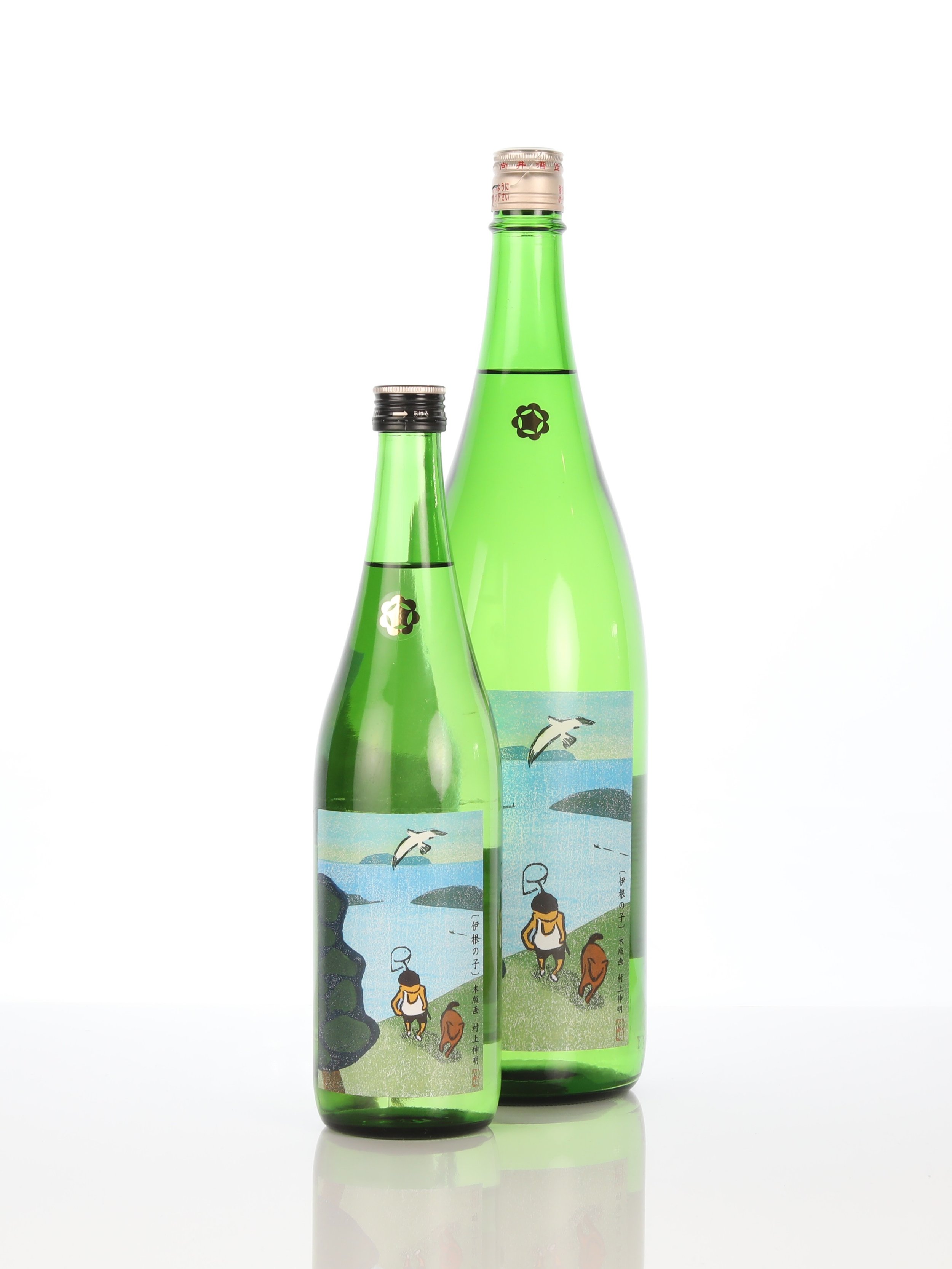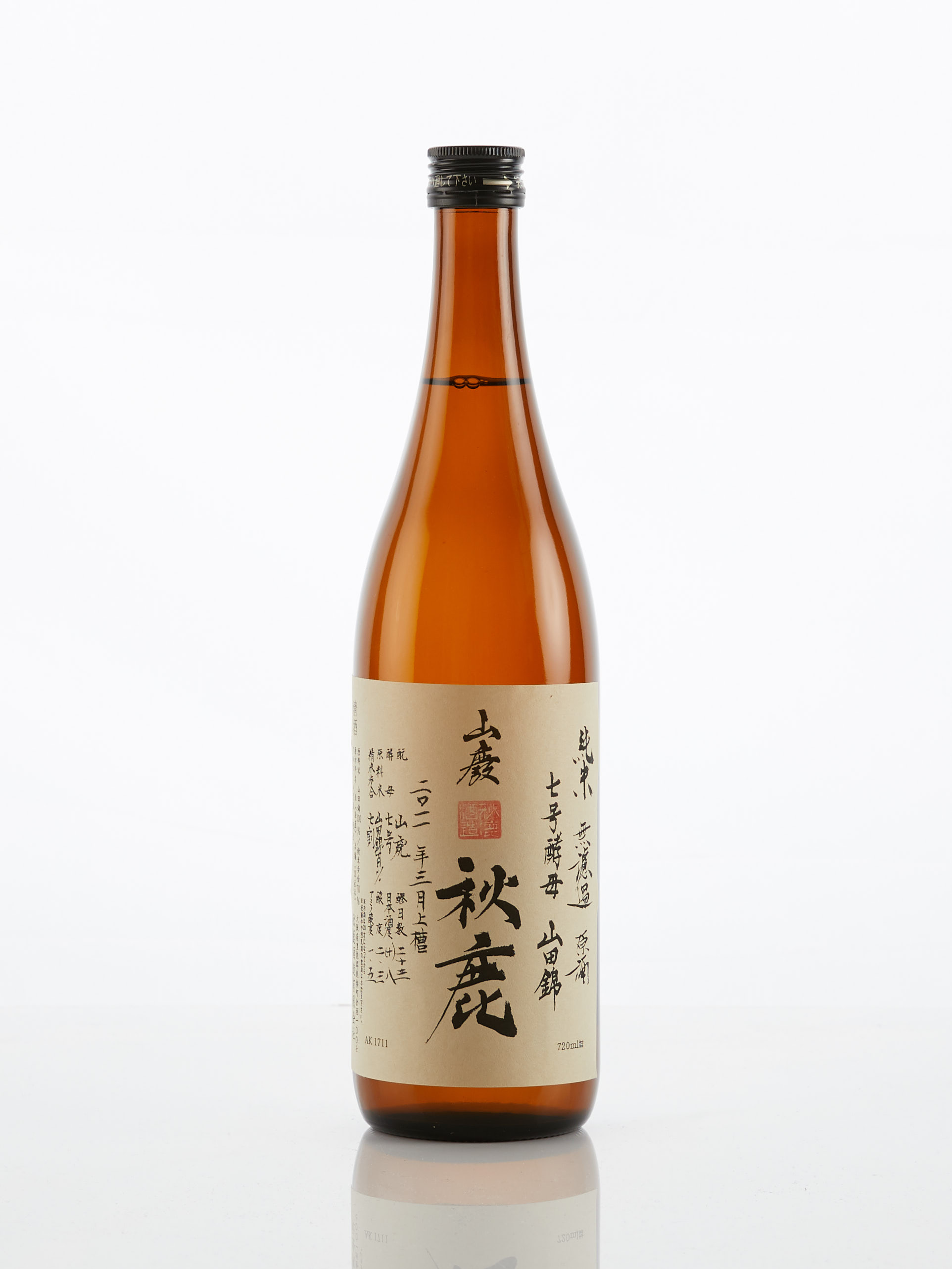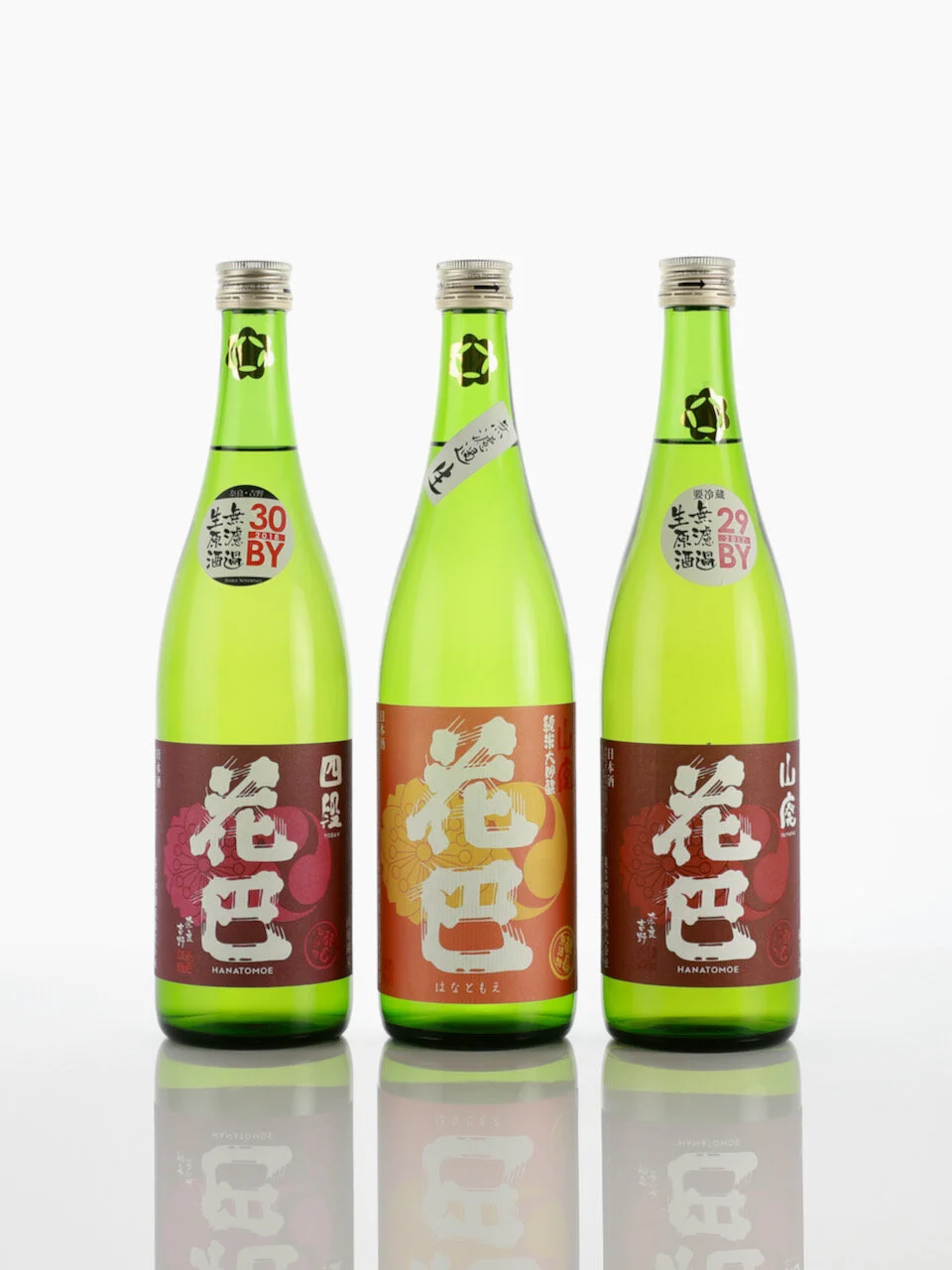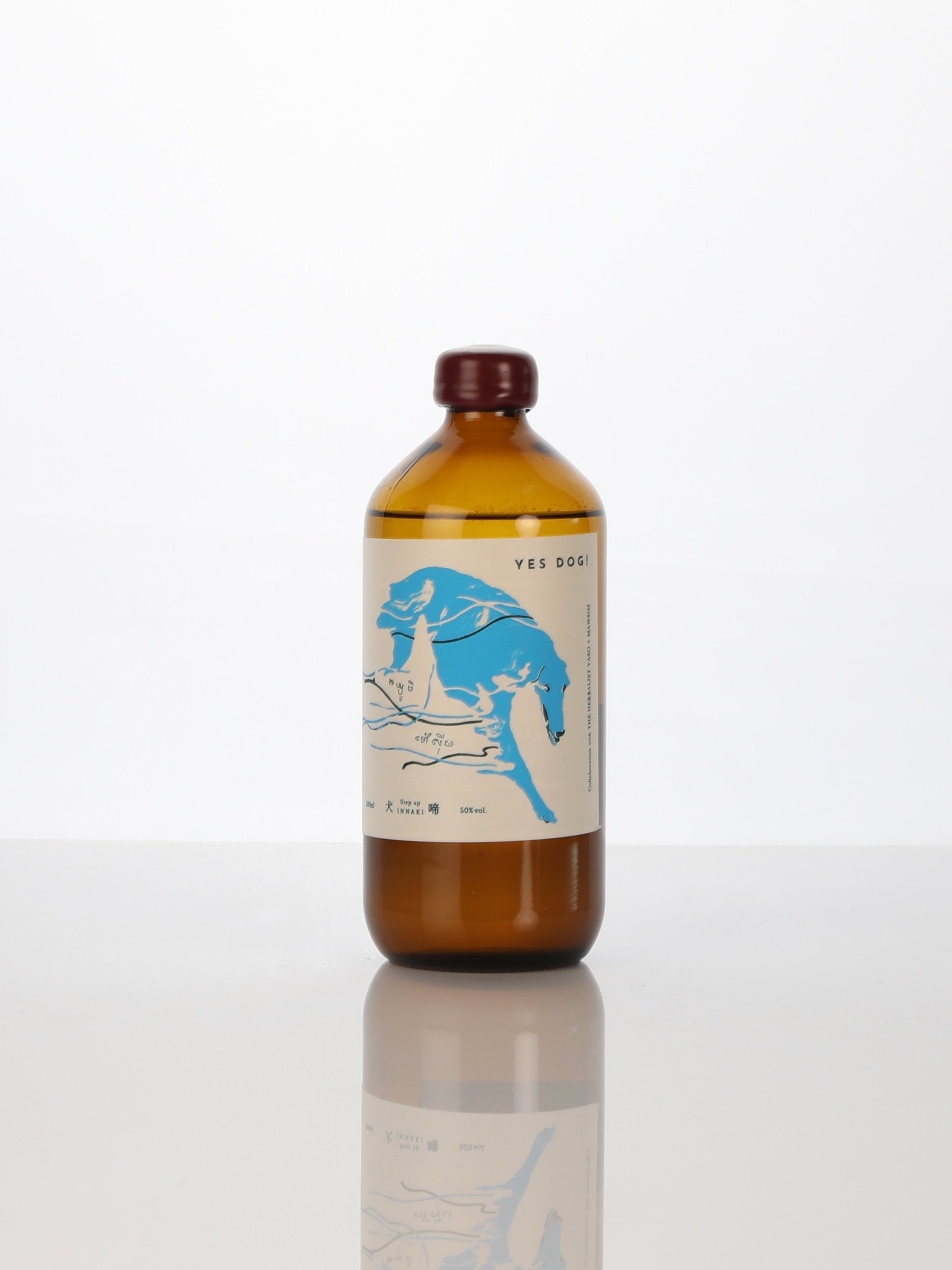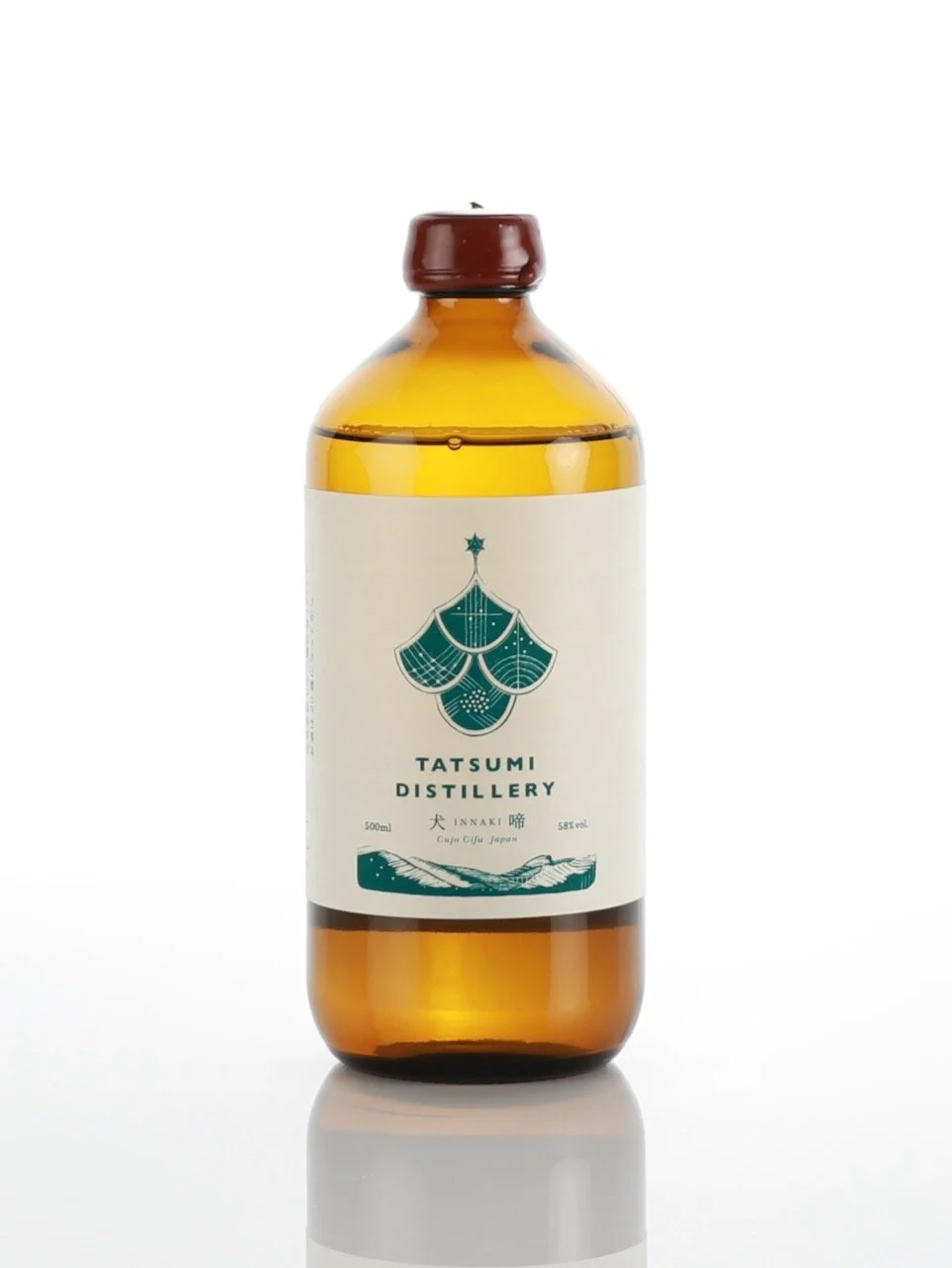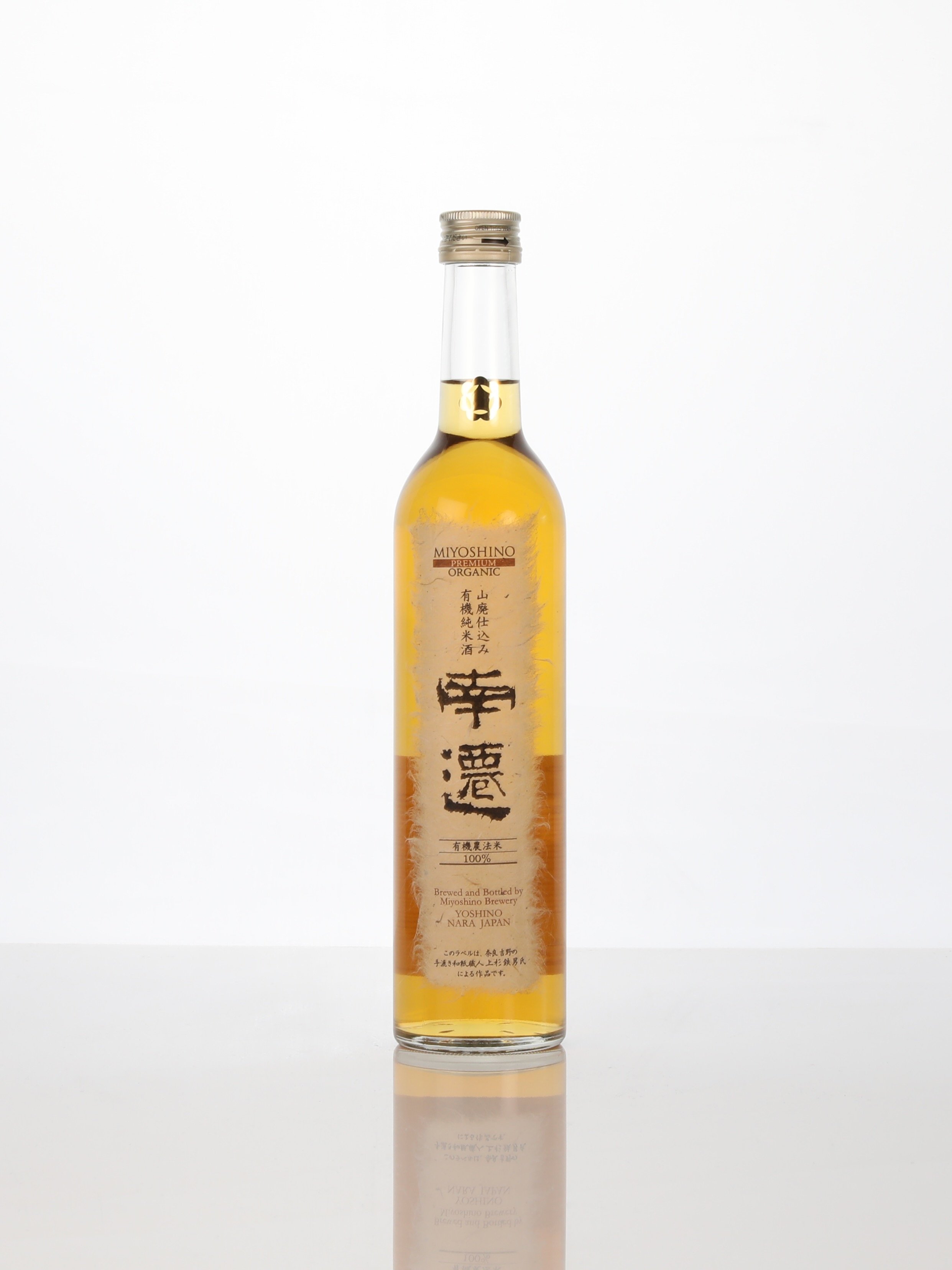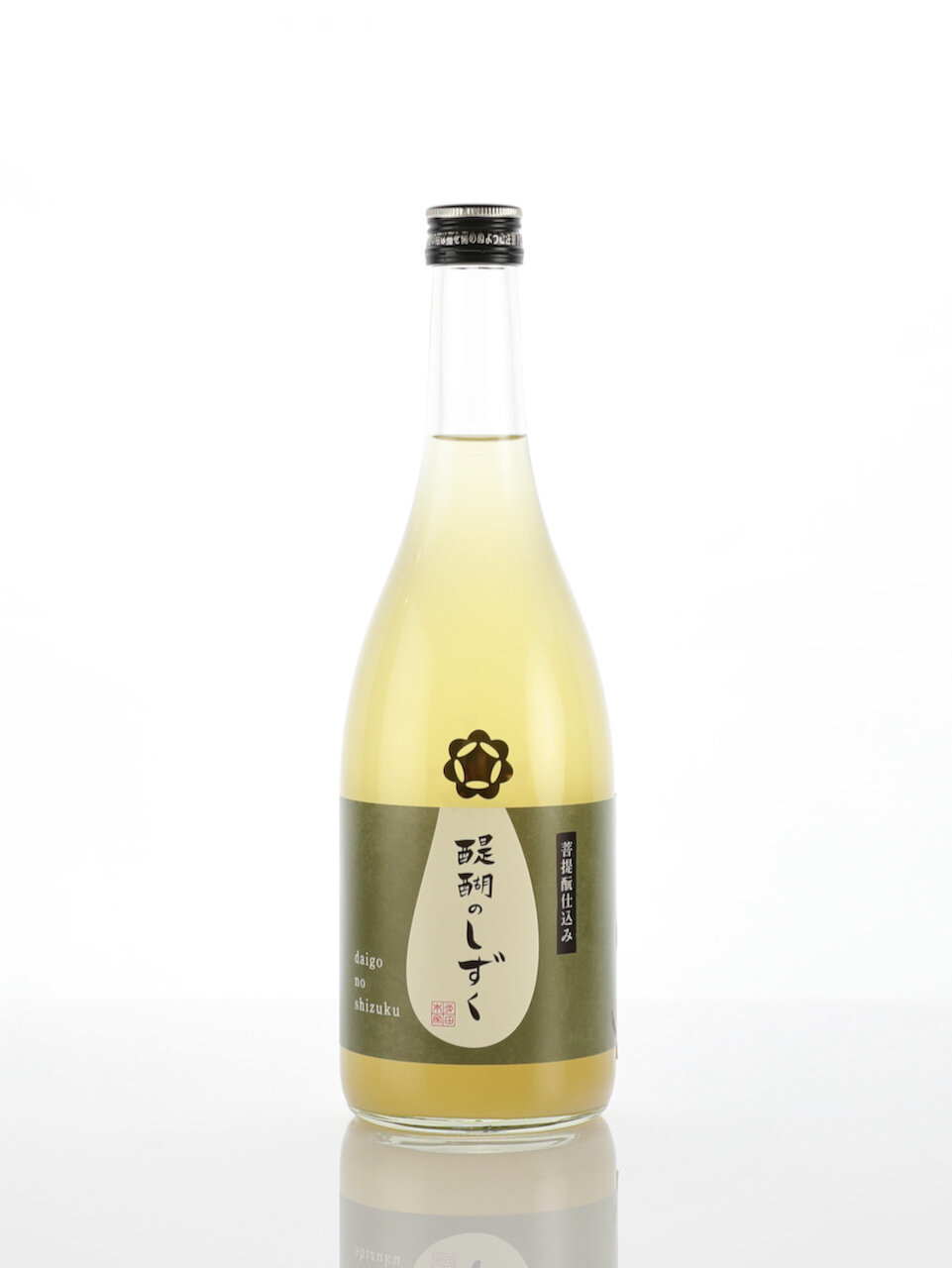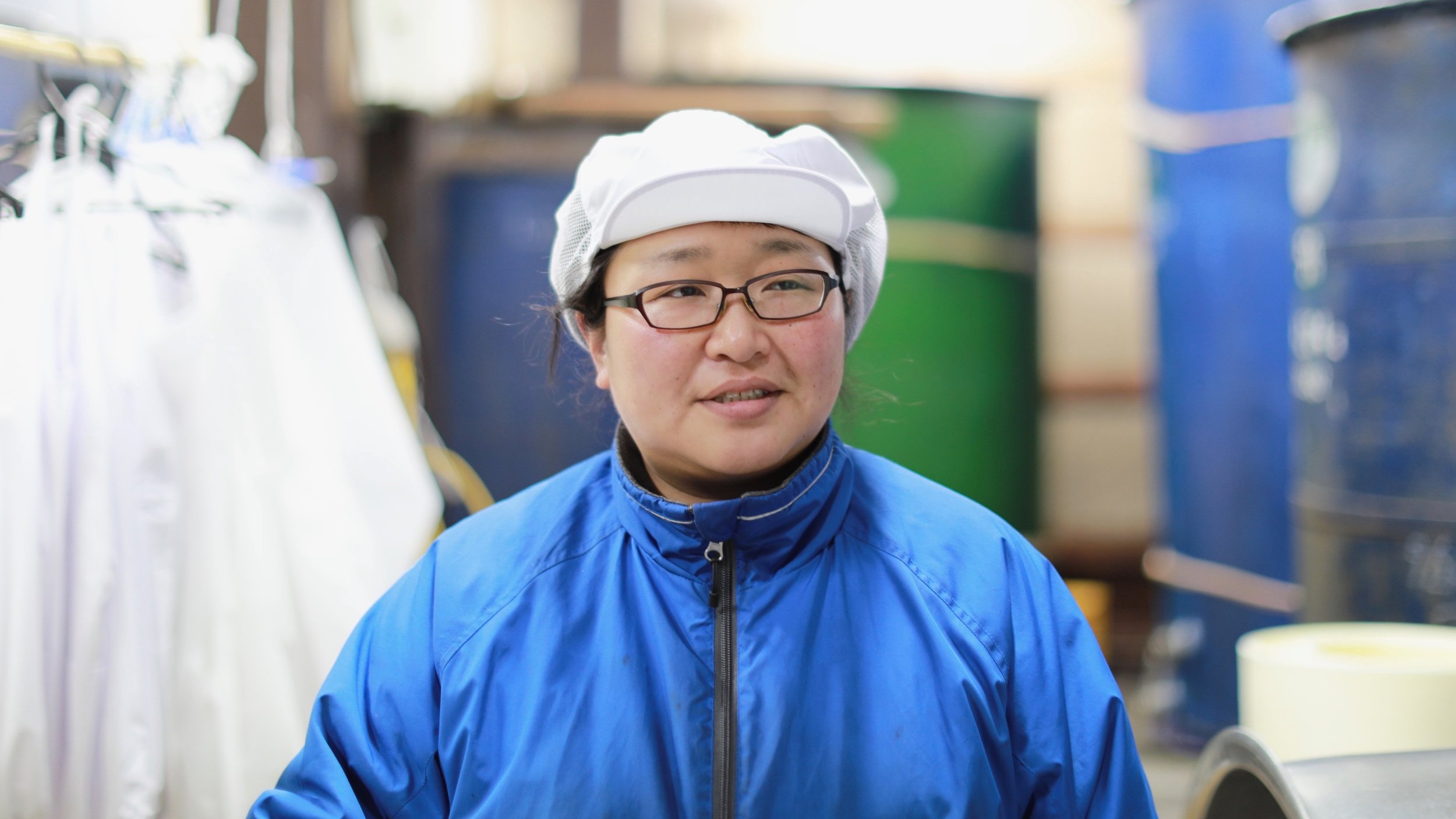STORING SAKE
Much like wine sake is relatively delicate and how you store sake will affect the way it tastes in the glass. Different storage situations will lead to different tastes so it’s important to understand the effect in each situation.
STORAGE CONDITIONS
How you store sake essentially depends on how it was made. The technique used dictates the stability and robustness of the drink and can be broken down into two basic categories.
PASTEURISED SAKE (HIIRE): The pasteurisation process stabilises sake and creates a very resilient drink. These types of sake can be stored at room temperature for quite a while as long as it is away from direct sunlight and any heat sources.
UNPASTEURISED SAKE (NAMA): The majority of Namazake (Nama sake) is best stored at cool temperatures ideally a refrigerator. These fresher styles of sake are famous for their lively freshness and by not keeping them cool you run the risk of losing that character by the time you open them up.
DRINK OR AGE?
A majority of sake made today is designed to be consumed at a young age, however ageing bottles of sake can be very rewarding. The ability to age will come down to how the sake was made and its general make up. Sake that are made in the traditional techniques of Kimoto or Yamahai often lend themselves to being great candidates for ageability. Also sake that are Junmai, have a higher amino acid content and more acidic structure tend to have great ageing potential.
Keep in mind that this is a complex subject and that it often comes down to the product itself, storage conditions and personal taste. The best way to understand this is from personal experience and partaking in some sake ageing for yourself.
OPEN BOTTLES
One of the biggest questions we get at Black Market Sake is “how long will the bottle last once it’s open?”. There is not standard answer in regards to the drinking window of an open bottle of sake. Even the producers themselves will tell you that it will often come down to what you are looking for in the drink. As a general rule you can be confident in the knowledge that sake does not oxidise in the same way as wine does. Air is not so much the enemy of sake as it is the deliverer of a taste and aromatic progression. The effect of oxygen on the sake is a much, much slower affect than on wine for example. As time goes on the aromatic character in the sake slowly diminishes and the sake itself will start to taste richer over time. How fast this happens depends essentially on how ‘delicate’ the sake is in style. As an example the highly polished and fragrant Junmai Daiginjo & Junmai Ginjo styles will tend to have a shorter window of drinking around 2 - 4 weeks once opened (this is with the assumption that the open bottle is kept in the fridge). Sake that is more robust in nature (Kimoto & Yamahai as examples) will last much longer anywhere from 4 - 10 or 12 weeks open again if kept in the refrigerator. At Black Market Sake we list ‘bottle open’ times for each and every product to assist you in making easier and better drinking decisions.
SERVING SAKE
In Japan there is a saying “Nihonshu wa ryori wo erabanai” which translates into ‘sake doesn’t fight with food’. This is the idea that sake rarely overpowers food but more importantly supports and highlights its flavour and taste. The ability of sake to not only amplify a dish but to also show its inner complexities at the same time is one of the reasons many people are turning to sake as the perfect food pairing option.
TEMPERATURE
One of the most fascinating and unique aspects of sake is its ability to reveal different characteristics at different temperatures. The idea that both aroma and taste can be changed by simply chilling or gently heating sake is quite simply fascinating. When chilling sake you bring out freshness and bitterness in the drink. When warming sake tends to bring out more umami and sweetness, forsaking a certain freshness and intensifying the dominant aromas in the drink.
So how do I choose a serving temperature for a specific sake you ask?
Another saying the Japanese have in regards to sake is that ‘every sake has a sweet spot’ or a temperature where the drink shows it best. As a basic rule more highly polished aromatic sake (Junmai Daiginjo, Junmai Ginjo and young unpasteurised sake) are best served chilled (approx 10-12°C) while richer more robust sake can be served at room temperature (15-30°c) or warmed (30-50°C). As everyone has their own tastes when it comes to flavours and aromas they enjoy in sake nothing beats experience in this regard. One of the best ways to understand the effects of temperature on sake is to try serving the same sake at different temperatures. It is a wonderful way to experience the different facets and complexities of this amazing drink.
At Black Market Sake all of our back labels on our products have a suggested serving temperature to help guide you on this journey.
SERVING VESSELS
There are many options to utilise when serving sake and there are no real set rules. Sake presents a wonderful aromatic profile as well as a rich and complex flavour and choosing a suitable vessel makes for a highly enjoyable experience.
Here are some suggestions on sakeware:
Wine Glass - Wine glasses are excellent for young, aromatic sake. The ability to stick your nose in the glass and appreciate the aroma is wonderful. Plus you can also observe the colour in the sake.
Stemless Wine Glass - For the same reasons as above but also that in a sense these represent a similar shape and handholding technique as a ceramic cup. This style also allows the drinker to slowly warm the sake whilst holding the glass to see how the sake changes with temperature.
Ceramic Cup (Choko/Guinomi) - A more traditional vessel these cups are excellent for sake best served at room temperature or matured sake. However also excellent as a general all-rounder.
Tin Cup or Carafe - 100% Tin is an amazing product. The most expensive metal after gold and silver, it does not rust, is antibacterial, has high heat conductivity and will remove excess bitterness in sake. A wonderful use is to place the cup or carafe in the fridge for a few minutes, remove and pour sake into it - it will keep the sake fresh and cold.
Carafes (Tokkuri/Katakuchi) - Carafes have several uses aside from looking great when you are serving from them. They are an excellent way to serve sake that comes in 1800ml bottles (Isshobin), as the big bottles can be cumbersome to pour from. Also carafes are a great way to give sake a little air, almost ‘decanting’ if you will, plus an excellent way to allow the sake to come to room temperature without using a whole bottle.



